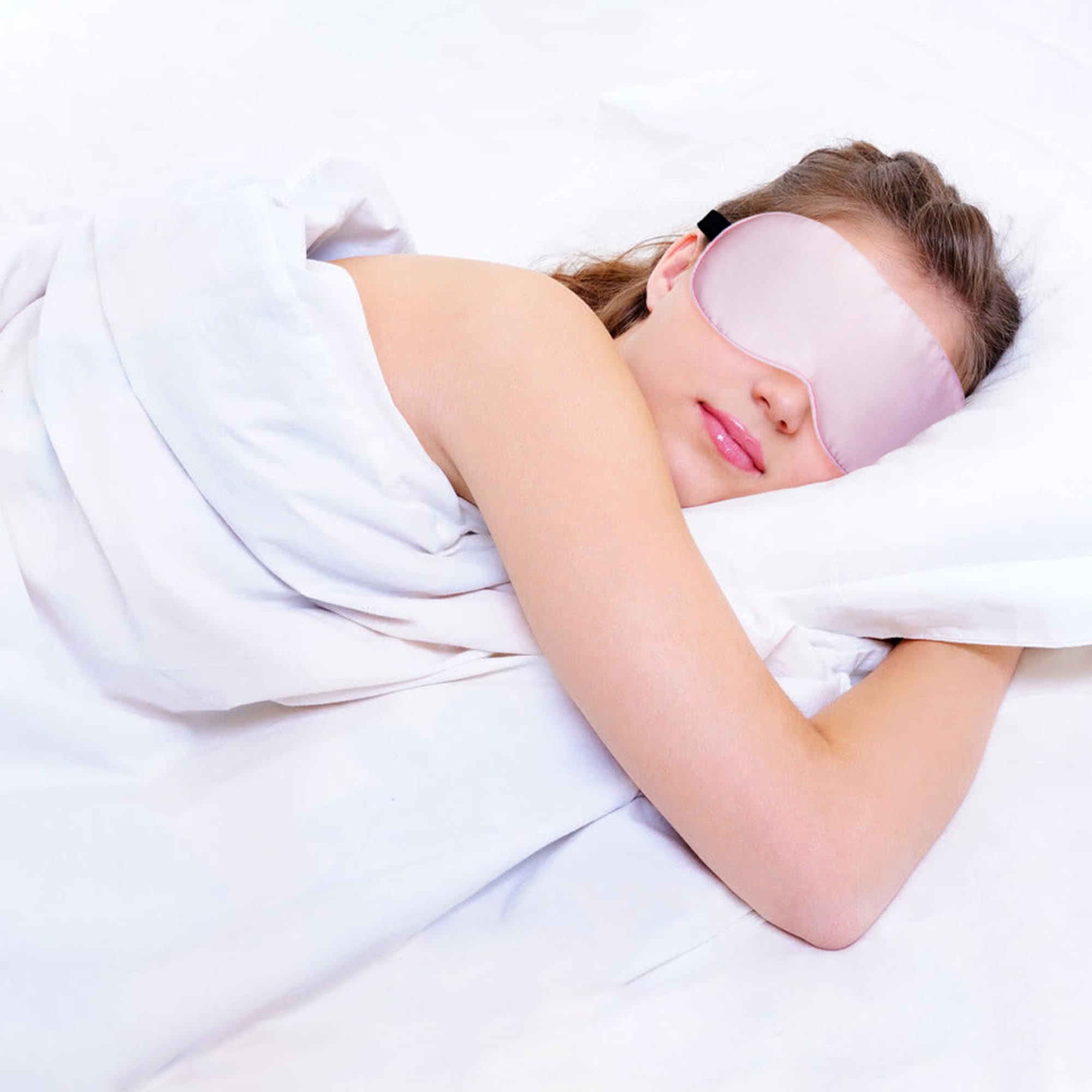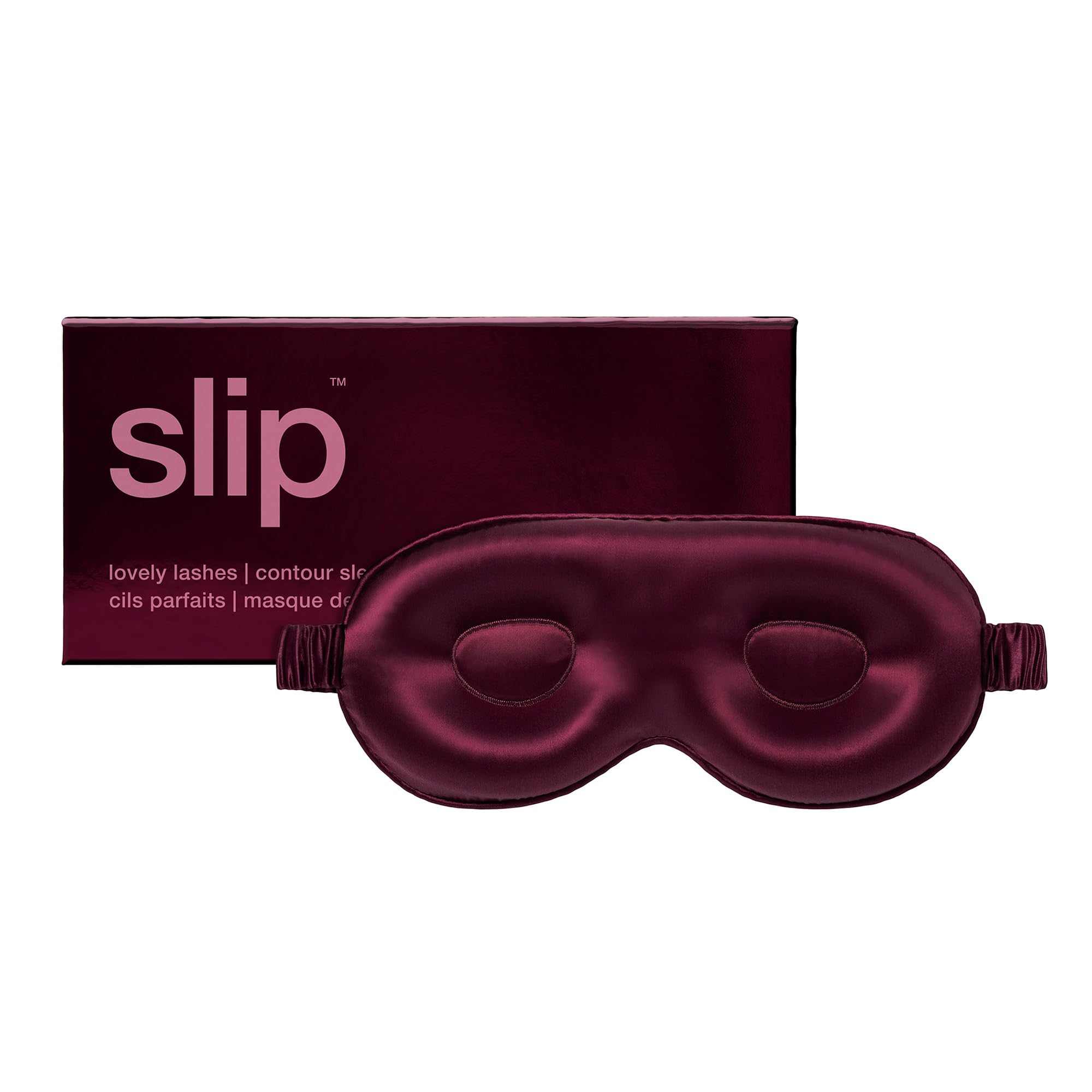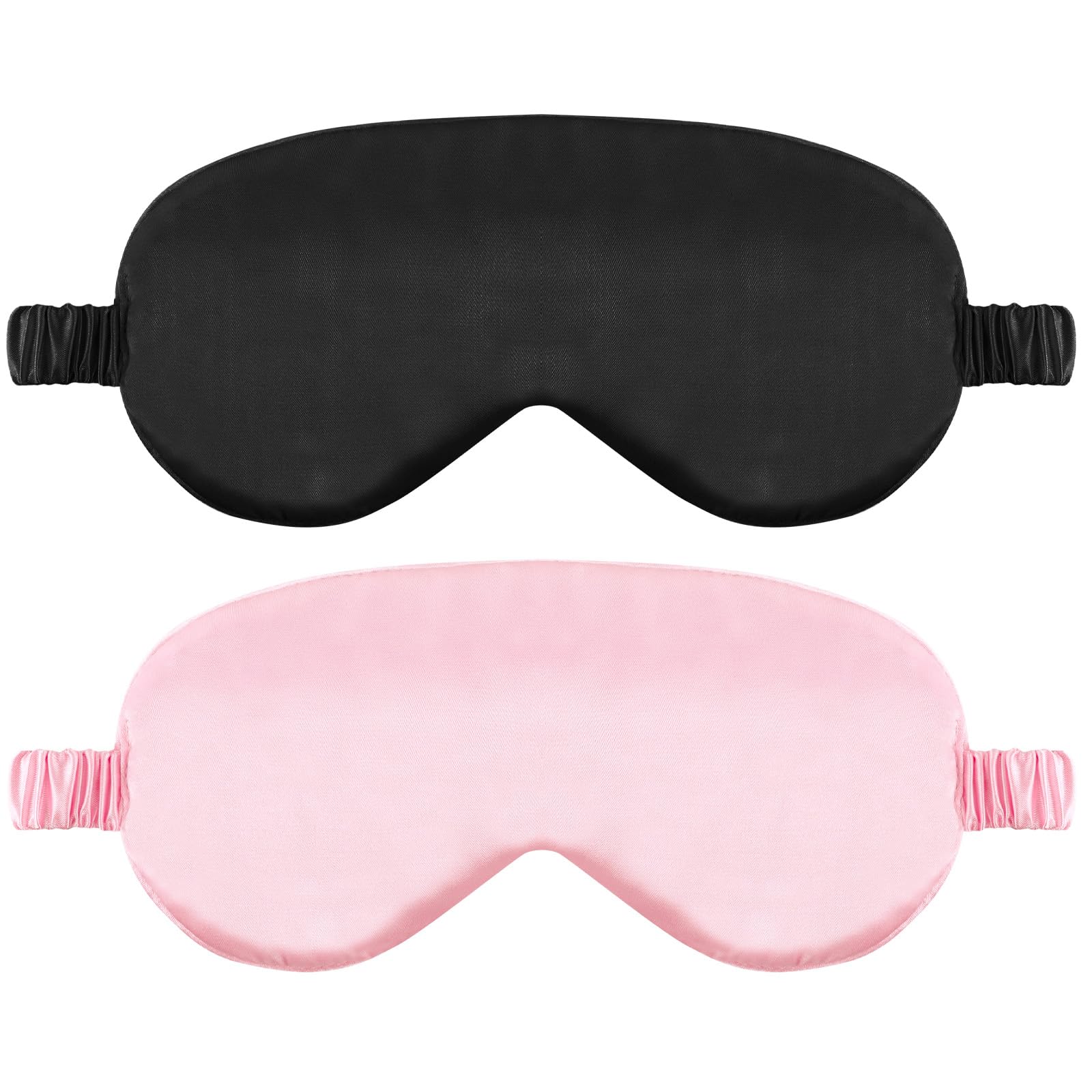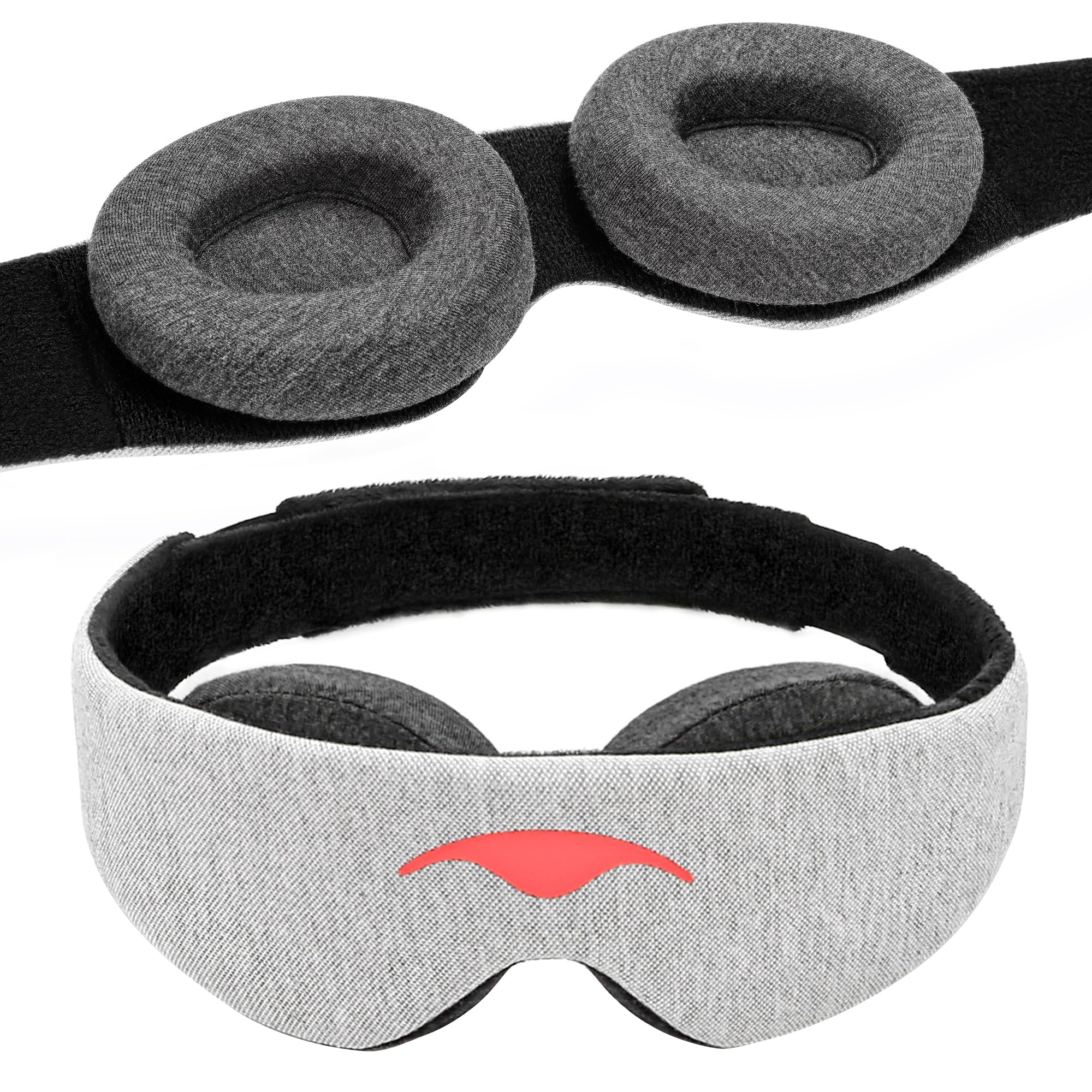Finding a sleep mask that blocks light without pressing on your face is harder when you sleep on your side. Many masks lift at the nose or dig into the pillow, which creates leaks or discomfort. The right design solves both problems with low profile cups, soft edges and a strap that stays put. This guide explains what to look for, how to position a mask to avoid leaks, and which fabrics feel best against skin so you get true darkness and better sleep in UK bedrooms and on trips.
Light stays out with sleep masks that seal at the nose.
Low Profile Masks and Shallow Cups
Side sleepers need masks that sit close to the face so the pillow does not push the rim into the skin. Choose designs with shallow, contoured cups that keep fabric off the lashes without creating a deep protrusion. The rim should be softly padded and flexible. Avoid very thick foam cups that stand proud of the face. Wraparound blackout masks with shaped nose bridges can also work well when they use thin, compliant materials that mould gently to your features.
Strap Placement and Adjustability
A wide, soft strap spreads pressure and helps the mask stay put. Low profile buckles avoid sore spots under the head. Split straps that pass above and below a ponytail give a stable fit for long hair. Adjust the strap so it is snug but not tight. Over tightening causes headaches and can lift the mask edge, which creates leaks. If the strap slides on silky hair, choose a fabric with more grip or wear the strap slightly higher where it has more friction.
Fabrics and Breathability
Silk feels cool and glides over skin, which is gentle on delicate eye areas. Cotton and modal are breathable, easy to wash and a good choice for sensitive skin. For hot sleepers, look for ventilated weaves or perforated foam that allow moisture to escape. If you travel, choose a fabric that is easy to wash and dries quickly. The fabric that touches the face matters most for comfort, so prioritise softness and breathability.
Stop Light Leaks at the Nose and Cheek
Most leaks appear around the nose bridge. Masks with a malleable nose piece that you can pinch lightly into shape perform well. Position the mask slightly lower on the nose than you would instinctively place it, then mould the bridge to your face. On the pillow side, ensure the rim sits flat rather than creasing upward. A small position change can eliminate a persistent leak.
Pillow Interface
Pair the mask with a soft, low friction pillowcase such as silk or high quality cotton to reduce drag when you turn. If the pillow is very firm, the mask rim is more likely to press. A slightly softer pillow or a pillow with a smooth edge finish is kinder to masks and faces. For very light sensitive sleepers, consider a travel pillow that lets you reduce contact on the side of the face while sleeping on planes or trains.
Care and Hygiene
Wash masks regularly to remove oils and keep the fabric fresh. Hand wash silk in cool water with a gentle detergent and lay flat to dry. Machine wash cotton and modal masks on low. Store masks flat or in a pouch so the cups do not deform. Clean straps and buckles occasionally to maintain grip.
Low-profile designs that avoid pressure and seal well appear in masks for side sleepers; calmer rooms usually pair with sleep earplugs.
FAQs
What mask style is best for side sleepers? Low profile masks with shallow cups or wraparound blackout designs with soft rims and shaped nose bridges. Avoid bulky cups that press into the pillow.
How tight should the strap be? Secure enough to stop movement but not tight enough to cause pressure or lift the rim. A wide strap improves comfort and stability.
Which fabric should I choose? Silk for cool, smooth comfort; cotton or modal for breathable, easy care. Pick the face side fabric you enjoy most.





